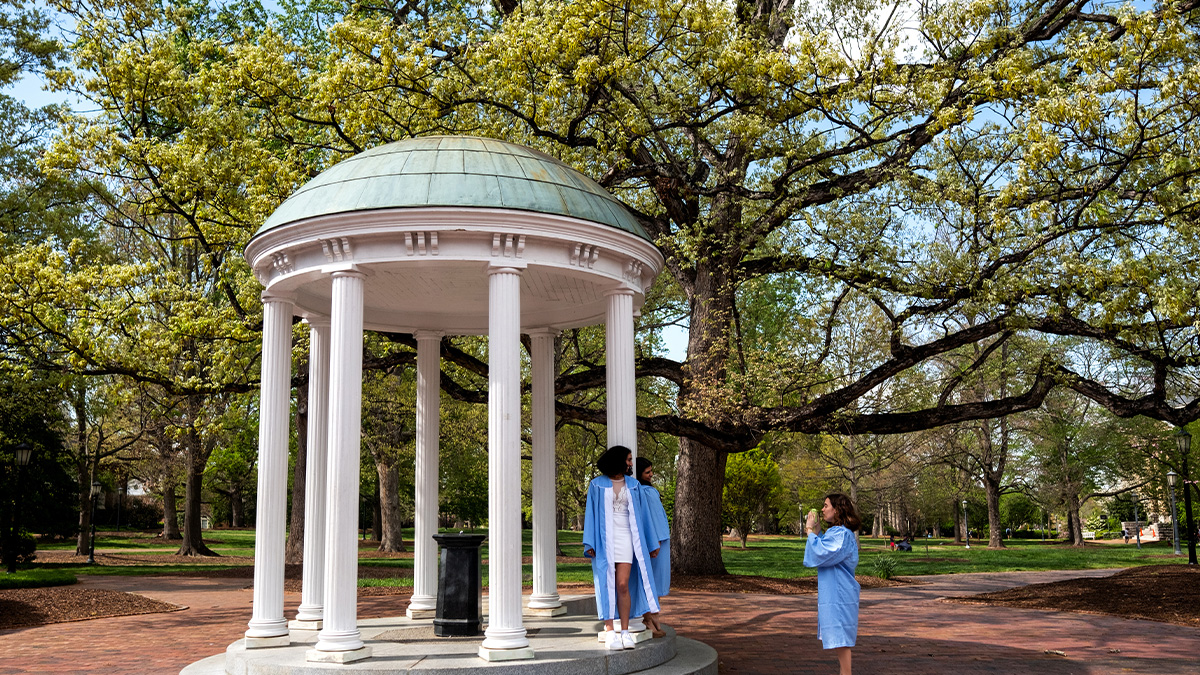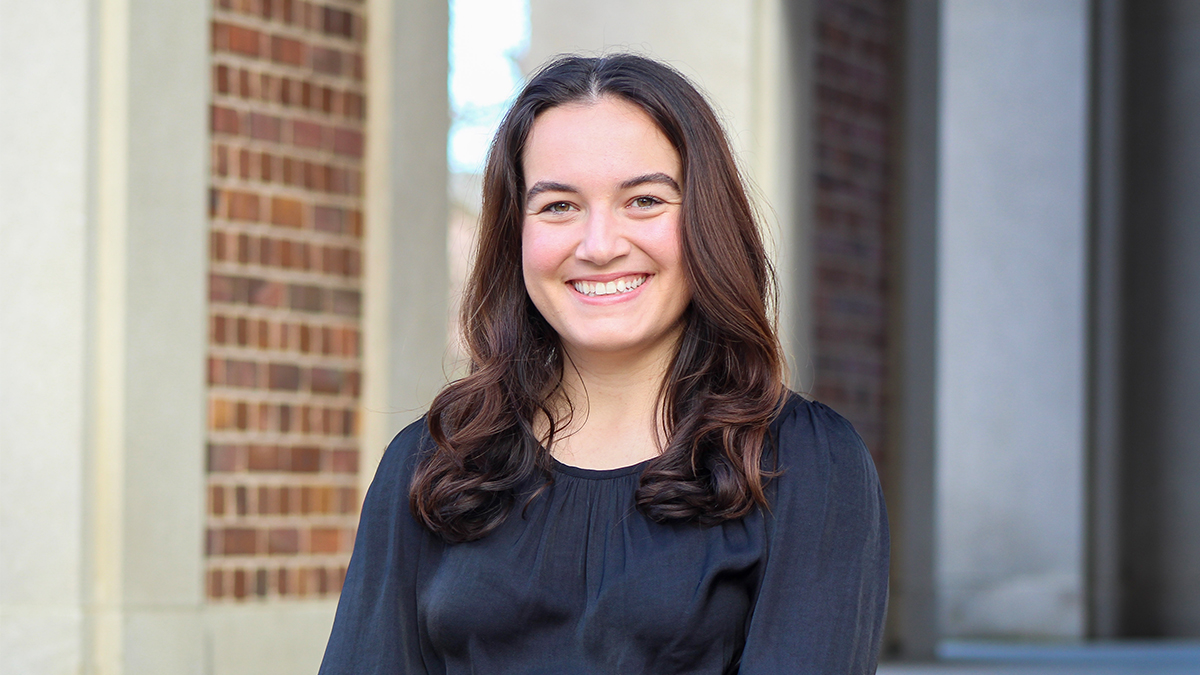Following in the first footsteps
As the oldest building on campus, Old East is a symbol of the birth of the first public university in the nation and is at the center University Day.
As resident of Old East, Michael Edmundson is literally following in the footsteps of the University of North Carolina’s first students.
When he returns to his dorm every day, he walks through the doorway that Carolina students have been using since the first day of classes at the University.
“It’s very cool to know that this building has been here for as long as it has,” the senior philosophy student said. “It’s definitely incredible to think about how long people have been living in this building.”
Old East is more than just the residence of 65 current Carolina students. As the oldest building on campus, it is also a symbol of the birth of the first public university in the nation and is at the center University Day.
On October 12, the campus celebrated the 222nd anniversary of the laying of Old East’s cornerstone on October 12, 1793 during the annual celebration at Memorial Hall — a celebration that looked much different than what probably occurred when the first brick was placed more than two centuries ago.
“By our standards today, it wasn’t a terribly grand ceremony, but by the standards of the late 18th century, it was certainly was,” said James Leloudis, a professor in the College’s History Department and associate dean of Honors Carolina.
William R. Davie, a Founding Father of the United States and founder of the University, laid the first brick in the northeast corner of the building during a full Masonic ceremony.
“It was, for the people gathered there, an extraordinary moment,” Leloudis said. “It was the fulfillment of the American Revolution. … This was a centrally important project to creating the new republic in North America and preparing a generations of young men for public service and public leadership.”
Constructed in 1794, the building was a two-story structure that consisted of roughly 20 rooms and classroom space. Called “Main Building” at the time, the residence hall overlooked a much different looking quad.
“If the student looked out the window and looked north, they would see none of what we see today,” Leloudis said. “They would have seen Person Hall, which went up at roughly the same time. Everything on North toward Chapel Hill would have been a mixture of wooded land and other uses [such as boarding houses]. … Until the late 19th century, most of the area that we think of this grand park actually had a very different view.”
As the campus changed, Old East changed with it.
In 1823, a third story was added to the building to make room for the growing student population. Two decades later, famous American architect Alexander Jackson Davis added on to the north end of the building providing more dorms and a library.
Old East saw more renovations in in the 1920s and 1990s to bring it up to the times. But through all the changes, the building has always served as a residence hall.
“This building was originally designed to serve as classroom space and as a residence hall, and it has been a residence hall ever since,” Leloudis said. “I think that’s very important. In many ways, it defines what this institution is all about. … Undergraduate students are at the center of everything we do here. They are our partners in the ongoing work of discovery and the creation of new knowledge that can better human lives.”
Today, Old East is home to 65 students — mostly seniors. With rooms with bathrooms on each floor, a kitchen and a library for studying, the building has a reputation as a top residence hall.
“I wanted to live here because it’s a great location and in part because it’s the oldest building on campus and its cool history,” said Edmundson.
Community Director Theresa McKire said the building quickly fills up every year with students wanting to experience the history and live in the oldest building at the oldest public university.
“The history is engrained in the UNC culture,” she said. “We all know the Old Well and these students get to see it in their backyard. It’s definitely one of those covenanted buildings.”




